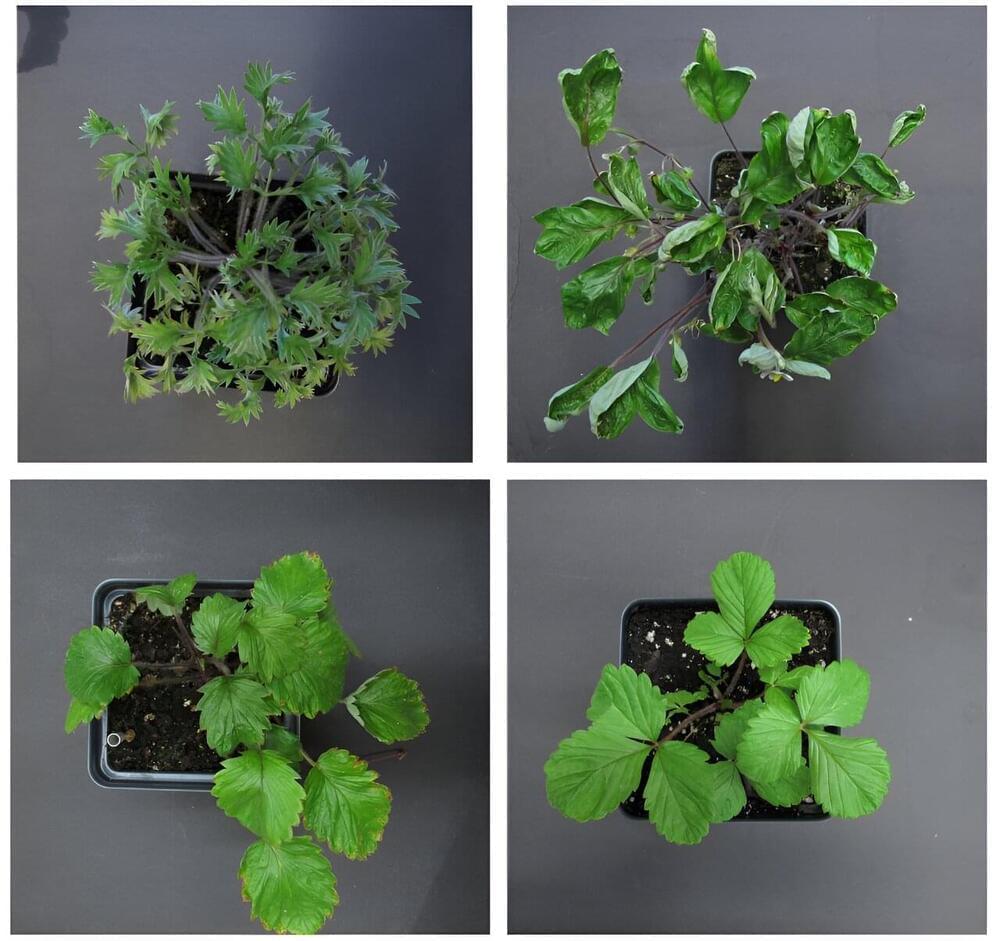A designer revealed an Infiniti-inspired QX90, a concept car that looks oddly similar to the Tesla Cybertruck with a few key differences.



Plant leaves come in many different shapes, sizes and complexities. Some leaves are large and smooth, while others are smaller and serrated. Some leaves grow in single pieces while others form multiple leaflets. These variations in leaf structure play a crucial role in how plants adapt—and survive—in different environments.
“Plant morphology is diverse in nature,” said Zhongchi Liu, a professor emerita in the University of Maryland’s Department of Cell Biology and Molecular Genetics. “Morphological differences contribute to plant survival, including how well plants can regulate their temperatures and how efficiently they can transport water from their roots to the rest of their bodies.
Understanding the mechanisms responsible for diverse leaf forms will lead to a better understanding of how plants can survive challenging conditions.
Episode NotesToday, Avi Loeb joins us to explore his work in discovering Alien Artifacts falling from space, evidence that Aliens exist, and the possibility…



The challenge is huge: There’s a lot we don’t understand about Alzheimer’s disease, but we do know that patient’s brains tend to accumulate toxic tau and amyloid-beta proteins, so most research has focused on those targets.
That approach has led to new drugs that can slow the progression of Alzheimer’s to a small degree, but we’ve yet to find anything that can reverse the damage the disease does to the brain.
The big idea: Synapses — the connections between brain neurons — need a protein called “KIBRA” in order to form memories, and there’s a link between certain variants of the KIBRA gene and developing Alzheimer’s.

OpenAI on Thursday announced Sora, a brand new model that generates high-definition videos up to one minute in length from text prompts. Sora, which means “sky” in Japanese, won’t be available to the general public any time soon. Instead, OpenAI is making it available to a small group of academics and researchers who will assess harm and its potential for misuse.
“Sora is able to generate complex scenes with multiple characters, specific types of motion, and accurate details of the subject and background,” the company said on its website. “The model understands not only what the user has asked for in the prompt, but also how those things exist in the physical world.”
One of the videos generated by Sora that OpenAI shared on its website shows a couple walking through a snowy Tokyo city as cherry blossom petals and snowflakes blow around them.


Lucid has cut prices on the Air electric vehicle lineup by as much as $8,000 in an attempt to surge demand.
The Lucid Air Pure Rear-Wheel-Drive is now priced at $69,900. The most affordable and accessible trim of the Air features a sleek interior and exterior design and a driving range of up to 410 miles. It was previously priced at $77,400.
The Lucid Air Touring is now priced at $77,900 and features an All-Wheel-Drive powertrain that produces 620 horsepower. It was previously $85,900.
